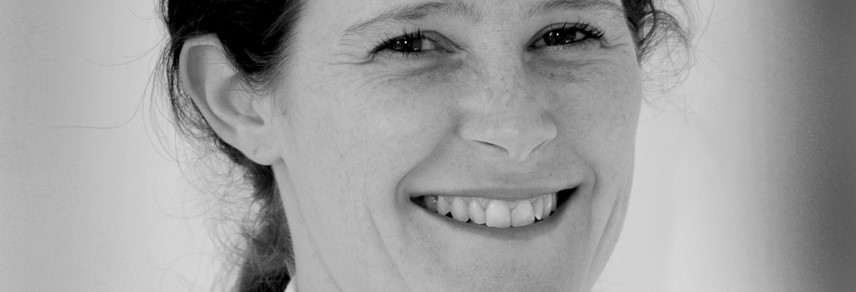
FIVE MINUTES WITH VIRGINIE CHARLIER
Director of marketing and communications at wine association Inter Rhône, Virginie Charlier, talks about communications strategies in the alcohol sector and how her team launched a new strategy for French wine in the UK
Is your role more internal or external facing?
It’s external in talking to wine professionals and consumers, but also internal because as a collective body we keep that relation with the wine makers and the wine merchants, to really show them the power of the collective communication and get them involved and engaged in what we can afford them. And obviously there are so many diverse backgrounds. There’s always been an internal target that we have in mind when we do our actions.
How did Inter Rhône create a strategy which appeals to its various stakeholders?
What [my team] does is really analyse markets, come up with the strategy and recommend the action to engage with the markets. Then in communications, the events team does wine trade fairs, wine tasting and the tourism part. Getting people to come to our region and engage with not just the wine but the territory is a huge part of it.
We very strongly believe in the quality and richness of the region, but we also need to understand it more. Training is a very important part of our strategy; there’s partnerships with schools in France, Europe and elsewhere, There are training modules about our wine, the Rhône Valley – giving the tools to understand and explain to their consumers what the wines are and how they can understand what they’ll prefer.
What kinds of challenges does Inter Rhône face?
In a way, we’re promoting the destination rather than the brand. But, one of the difficulties is that with a campaign, we put forward Cotes du Rhône but the consumer won’t find that same brand logo or brandmark on the actual product, because there are so many different labels. We don’t look at packaging but from a marketing point of view you’d want your advertising to promote the same brand that’s on the label. That’s difficult, and that’s where it’s really important for us to have that primary target as the wine professional, or the trades people, who can see the consumer coming where the connection really happens for us.
Where did you get the inspiration for the new campaign?
What we want to say is it doesn’t have to be very prescriptive, you just need to understand the wine you like. It’s all about emotion rather than the code and the conventions of wine tasting, so that’s really our starting point. There’s also who we are as a community of wine makers, which is we take our work very seriously. We make very good, quality wines derived from the Appellation d’Origine Contrôlée (AOC) framework of wine, so we really respect the quality criteria – but we don’t take ourselves too seriously. The starting point for Creature [the agency] was that emotionally charged moment, where when you come home from work after a busy day and say, ‘Why don’t we open a bottle of wine?’ And that’s how we worked with Creature and what convinced us. The actual choice of the wine helps elevate that moment, so bring that touch of sophistication to the everyday – let’s treat ourselves to a French quality wine, a Cotes du Rhône.
What is the strategy for connecting the British market with wines from the Rhône Valley?
To visually bring the sophistication of the Rhône and the French-ness, the recommendation was to go with the graphic treatment of old vintage wine posters from France and to have that contrast between the very modern, very everyday situation – a powerful way of doing that little bit of a tongue-in-cheek contrast with the British humour. We found it interesting to that notion of ‘We don’t take ourselves too seriously, we understand your consumption occasion but we have a twist on it that we find really interesting.’
The bottom line is the UK market is a lead markets in terms of the weight and the importance of Cotes du Rhône. We really want to continue and promote the wines, and think of different ways of doing it. We always want to innovate in the types of events we do and the types of communication. For us, it was coming up with a new campaign in the UK, where it was six to eight years where we hadn’t had that type of communication. It’s a really important step for us and we want to continue that.



